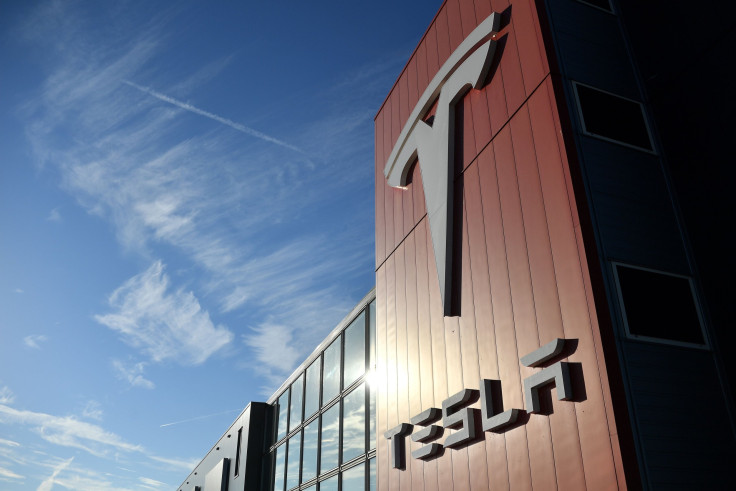Goldman Sachs Cuts Tesla Stock Price By $42, Expects Shares To Continue Decline

In a jolt to the electric car maker Tesla, investment bank Goldman Sachs cut the price target outlook on Tesla stock.
Goldman’s note on Thursday said it expects demand concerns to persist with Tesla and a continued slide in shares is likely.
Tesla shares are already down by 30 percent this year as controversies continue to hog the carmaker led by Elon Musk.
Goldman lowered the price target of Tesla to $158 from $200. That is a 30 percent drop from Tesla’s current levels. On Wednesday, Tesla stock closed at $226.43.
The bank’s analyst David Tamberrino said a downward path for shares “will resume as it becomes clear that sustainable demand for the company’s current products is below expectations.”
According to the bank “sustainable demand is the key question and shares may slide and de-rate.”
The rationale of Tesla “sell” rating by Goldman Sachs
The analyst Tamberrino places the focus on “sustainable demand levels” be it Model S, Model X and Model 3.
Even after adding up the Model Y, Roadster 2.0, Semi and pickup truck Tamberrino, Goldman Sachs is not seeing Tesla graduating to be a one million (1 M) unit per year player.
That makes Goldman Sachs uncompromising in its "Sell" rating on Tesla.
On Thursday, Tesla shares fell 0.34 percent in premarket to $225.5.
Beyond Goldman Sachs issue with the demand problem at Tesla, many analysts also believe Tesla’s Q2 delivery targets will be a litmus test for it to bounce back in the market by honoring own guidance.
With barely ten days left to finish the quarter, Tesla is still working to expedite delivery and it may take a while to know whether the Q2 guidance has been fully met.
Will Tesla demand suffer from diminishing EV tax credit?
From July 1, the US Federal EV Tax Credit for Tesla will become half from $3,750 to $1,875 per vehicle.
That leaves a few options for Tesla. One, it must lower prices on all vehicles in July to make Tesla electric vehicles affordable. That can pinch revenues at a per unit level.
In case prices are not cut, demand will plunge as purchasing Tesla will turn more expensive.
This will not be the case with other automakers as they continue to get full access to the $7,500 credit for some more time. Therefore, an uptick in sales for the Jaguar I-PACE or Audi e-Tron at the cost of Tesla is a probability.
For the short term, the boost for Tesla stock hinges on meeting the Q2 targets.
Given the claim of Tesla CEO that half of all Q1 deliveries were made in the last 10 days of that quarter, the remaining days of June are important for Q2 deliveries.
But analysts watching the Q2 trends tend to ask whether the Tesla Model 3 delivery is heading for the same Q1 success in Europe. Also, did the Model 3 demand face a slump while the sales mix slid to a downtrend.
In the short term, Tesla needs to brace for challenges on falling tax credit in the U.S and plummeting gas prices that can dent its marketing rationale that buying Tesla electric vehicles is a great cost saver.
© Copyright IBTimes 2024. All rights reserved.











